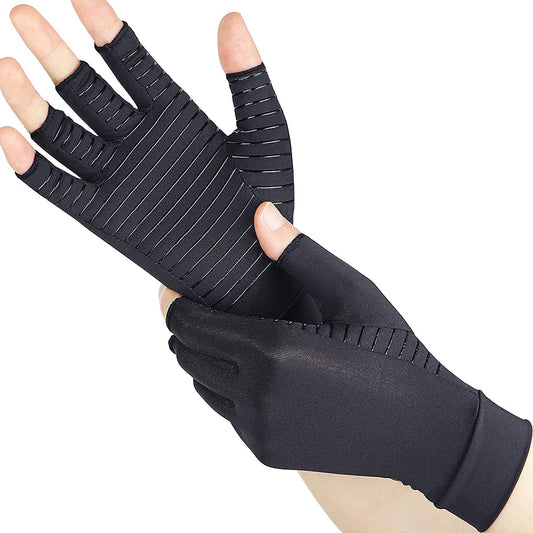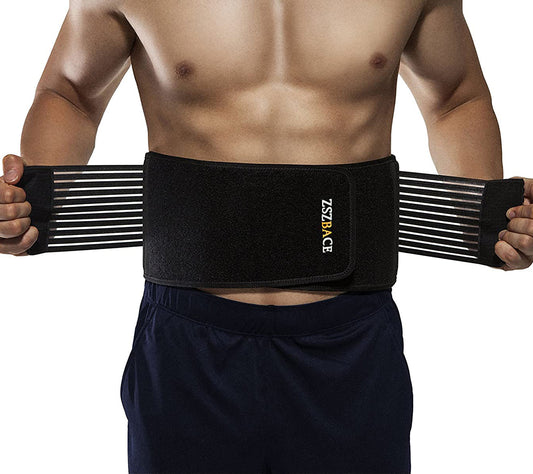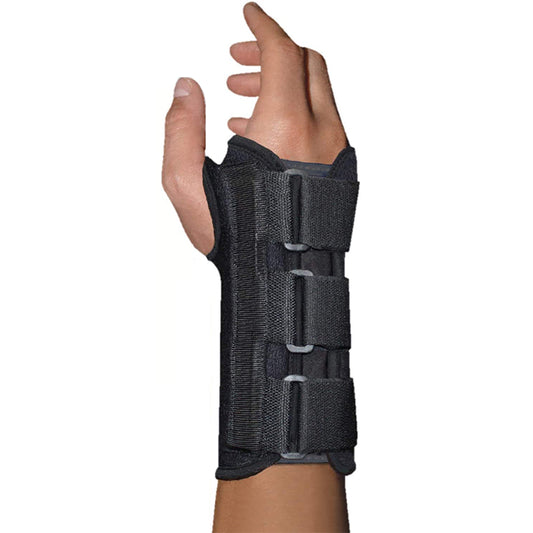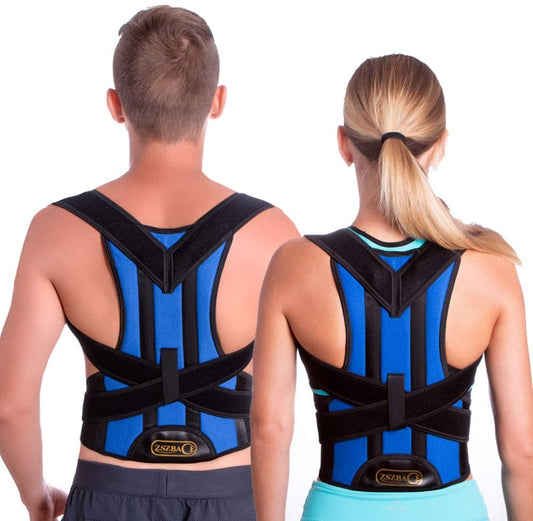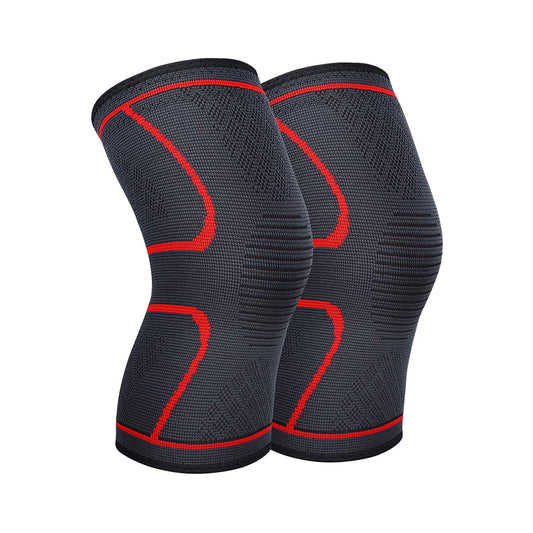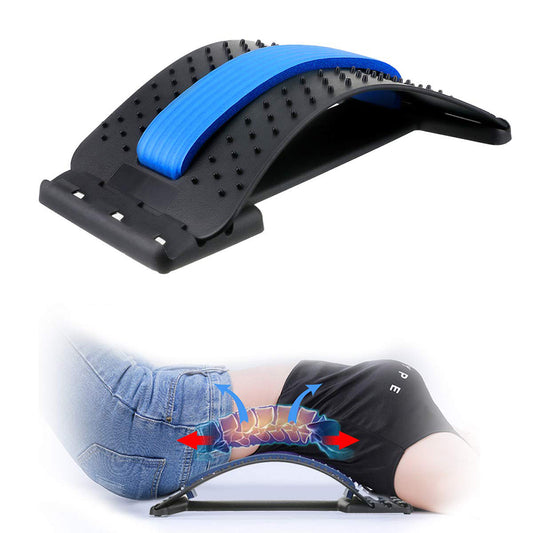
Is it Safe to Sleep With a Maternity Support Belt?
Share
How to Sleep in a Maternity Support Belt Safely
Although sleeping in a maternity support belt is not recommended, you can sleep in the belt for up 2-3 hours if you stick to the following guidelines:
1: Wear a Suitable Belt
It’s essential to find a comfortable and adjustable belly belt that properly fits your belly’s circumference to effectively distribute the weight of your growing baby, as follows:
1.1: Choose the Correct Size
Wearing an appropriate maternity belt in the correct size holds your belly up whilst keeping your pelvic joints closer together – this helps with balance, posture, and makes it easier to walk without waddling.
Some brands have a standard size, whilst others have different sizes based on how far you are along in your pregnancy.
Therefore, always check the size chart of the brand that you are buying – some brands size by weight, while others go by your clothing size – and try the belt on before your final purchase.
It’s best to measure yourself right above your hips and beneath your baby bump to determine your right size – be careful not to measure too tightly.
If the maternity belt is not one size fits all, then you will have to buy a couple of different sizes for your second and third trimester, as your body undergoes significant changes.
1.2: Select the Best Type of Support
Maternity belts are available in three main types to meet the needs and requirements of every mother-to-be:
- Regular maternity belt: consists of a simple one-piece pelvic wrap, which is ideal for women who need light or medium support and are carrying a single fetus.
- Extra support belt: features an extra strap that goes across your belly to provide additional support and comfort – ideal for women who stand on their feet all day.
- Full prenatal cradle: distributes the weight of pregnancy to the upper back and shoulders for the ultimate support – perfect for women who are pregnant with multiples.
Some models even offer additional features such as extra straps, padded backs, pockets to insert heat or cold packs, and different types of fastening like Velcro closures or hook and eye.
So make sure you choose the type that suits you best in terms of comfort, support, and practicality.
1.3: Choose the Most Comfortable Material
Maternity belts are usually made up of synthetic fibers such as nylon and polyester, which are lightweight, easy to clean, and resistant to dirt.
However, these fibers can cause you to sweet immediately as they resist moisture, which increases skin sensitivity and discomfort, especially if you toss and turn a lot when you sleep.
Therefore, focus on the softness and breathability of the belt, as this is quite essential to minimize skin irritation and discomfort.
2: Wear the Belt Snugly – But Not Too Tight
Pregnancy belts are designed to snuggle and cradle the belly for support.
Be careful not to wear the maternity belt too tight, as this can cause compression on your abdomen and bad blood circulation – which in turn can cause indigestion, heartburn, trouble breathing, and high blood pressure.
Remember that you should be able to breathe and move comfortably whilst wearing a suitable maternity belt.
3: Don’t Wear the Belt for More Than 2-3 Hours Continuously
Avoid wearing the maternity belt all night as you sleep because it may decrease blood flow to the abdomen and the developing baby if worn for too long.
Furthermore, prolonged use of a maternity belt can lead to reliance and can make the belt less effective at relieving pelvic pain .
Therefore, use a maternity belt for no more than 2-3 hours at a time to prevent over-dependence and counterproductivity.
4: Strengthen Your Core Muscles Without the Belt
Wearing a maternity belt tightly for too long can weaken your core muscles due to the muscle fibers switching off and not being used fully.
Complement the use of a maternity belt with daily exercises to strengthen your core muscles during and post-pregnancy.
Daily exercise such as yoga, pilates, walking, and swimming helps you maintain a healthy weight, and build muscle and ligament strength to prepare your body for childbirth.
Many women use a pregnancy belt whilst exercising to avoid injuries because the belt supports the pregnancy weight and helps with balance and posture, which stabilizes the pelvis and lowers the risk of falls .
However, you need to break your reliance on the belt for support because constant use can cause negative effects on your body’s ability to circulate your blood, which may lead to pain and heartburn.
So, focus on developing your own core strength to support your belly through exercise and only use a maternity support belt as an extra aid.
5: Sleep On Your Left Side – Never On Your Back
Sleep on your left side when pregnant, as this position allows for the optimal flow of blood and nutrients to your placenta and developing fetus .
This position also improves kidney function, which allows for better waste elimination and less water retention.
If you are not a side sleeper, then give your body some time to adjust to sleeping on the side as it is very natural to feel uncomfortable for the first few nights – you may prefer to sleep on a softer mattress to help alleviate the pressure on your hips and shoulders.
If you are a stomach sleeper, you will realize that it could become hard and uncomfortable to sleep on your stomach as your breasts and belly get bigger over the months – especially during your third trimester.
If you are a back sleeper, then you must avoid sleeping on your back during pregnancy – especially during the second and third trimester – because this position can harm your baby.
When you sleep on your back, the entire weight of your growing uterus and baby exerts pressure on the vena cava – the vein that carries blood between your heart and lower body – which can reduce the blood flow to the fetus, giving your baby less oxygen and nutrients.
The weight pressure on your back can also exacerbate backaches and indigestion, and can lower your blood pressure, making you feel dizzy due to hypotension.
Sleeping in a maternity belt can cause a lot of compression on your abdomen, especially when you lie on your back.

Don’t Sleep All Night With a Maternity Support Belt
In conclusion, it’s best to avoid sleeping in a maternity belt all night – limit the use to 2-3 hours per night at the most.
Because wearing a maternity belt for prolonged hours may lead to discomfort, pain, decreased blood flow, heartburn, shortness of breath, and weak muscles in the pelvic area.
You should try the tips from the list above to sleep more comfortably during and after your pregnancy.
Remember that you should be able to breathe and move comfortably whilst wearing a suitable maternity belt.
However, if you still have difficulty sleeping during pregnancy – even after having tried every one of the tips listed above – then talk to your midwife or physiotherapist about how to use the belt and fall asleep.


